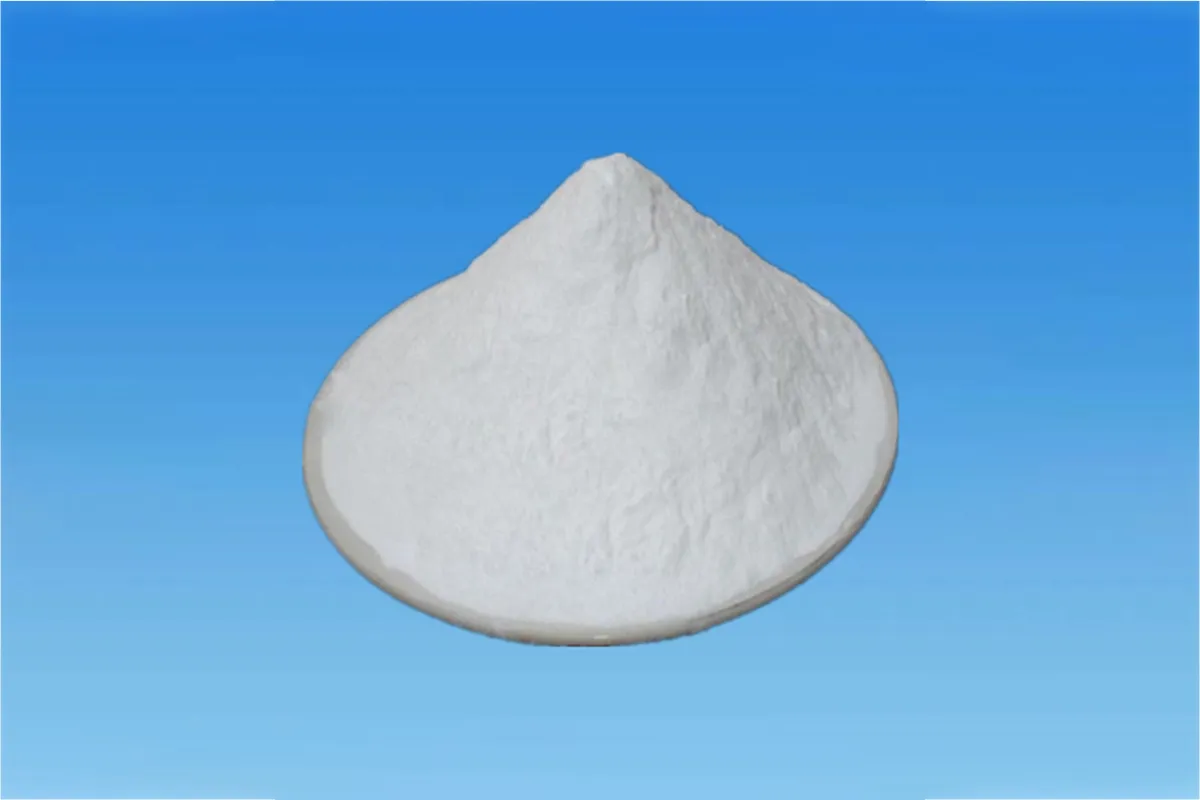Unlocking the Sweet Spot: How Resistant Dextrin Helps Sugar Reduction Without Sacrificing Flavor in Food Manufacturing

In the rapidly evolving food and beverage industry, health-conscious consumers are no longer a niche—they’re the norm. With rising awareness of the health risks associated with high sugar intake, businesses in the food manufacturing sector face mounting pressure to offer low-sugar or sugar-free alternatives. However, one significant challenge persists: how do you reduce sugar without compromising taste?
This is where resistant dextrin comes into play. More than just a dietary fiber, resistant dextrin helps sugar reduction without sacrificing flavor, making it a compelling solution for food businesses seeking to meet both regulatory demands and consumer expectations.
The Business Case for Sugar Reduction
Governments around the world are introducing stricter labeling regulations and sugar taxes. At the same time, B2B buyers—especially retailers and distributors—are demanding more functional and health-driven food products. The challenge for manufacturers isn’t just about cutting sugar; it’s about doing it without changing the sensory profile consumers know and love.
For product developers and decision-makers, this means finding ingredients that maintain the mouthfeel, texture, and sweetness of traditional products—without adding artificial ingredients or driving up production costs.
What Is Resistant Dextrin?
Resistant dextrin is a water-soluble dietary fiber derived from starch sources such as corn or wheat. Unlike traditional starches, it is not digested in the small intestine, thus offering a low glycemic response and promoting gut health.
But beyond its nutritional appeal, resistant dextrin offers functional benefits ideal for food formulation. It is tasteless, odorless, and stable under heat and pH variations, making it an excellent choice for a wide range of applications—from beverages and baked goods to sauces and dairy products.
Flavor Preservation: The Competitive Advantage
One of the major benefits of resistant dextrin is its ability to preserve flavor while reducing sugar content. Many alternative sweeteners or sugar reducers leave a metallic aftertaste or alter the product’s overall flavor profile. Resistant dextrin, however, works differently. It adds bulk and structure—similar to sugar—allowing food manufacturers to maintain the same texture and mouthfeel.
In turn, this means food brands can reformulate their best-selling products with reduced sugar, while still retaining their loyal customer base.
👉 To explore how this works in real-world food manufacturing, check out Satoria’s detailed article on the topic:
Reduce Sugar, Maintain Taste: How Resistant Dextrin Helps Achieve Sugar Reduction Without Sacrificing Flavor
Application Potential in Food & Beverage Manufacturing
From a business perspective, investing in ingredients like resistant dextrin allows manufacturers to future-proof their product lines. Its flexibility across multiple categories is another major selling point:
- Beverages: Add resistant dextrin to juices, smoothies, or functional drinks without impacting color or flavor.
- Bakery: Improve fiber content and reduce sugar in cakes, cookies, and bread while maintaining texture.
- Dairy: Perfect for yogurt and flavored milk products where sugar content is under scrutiny.
In each of these applications, resistant dextrin not only enhances nutritional profiles but also provides a clean-label opportunity, especially important in markets where consumers read ingredient lists more carefully than ever before.
Why Business Owners and Product Managers Should Take Notice
If you’re a business owner or product manager in the food industry, the benefits of using resistant dextrin go beyond consumer appeal. Here’s why you should consider integrating it into your R&D pipeline:
- Cost Efficiency: Resistant dextrin is more affordable than many specialty fibers or sweeteners, especially when considering long-term formulation stability.
- Regulatory Compliance: It aligns with global regulatory trends toward sugar reduction, clean labeling, and functional nutrition.
- Innovation Pipeline: It enables new product development in emerging markets like functional foods, wellness beverages, and meal replacements.
By leveraging functional ingredients like resistant dextrin, companies can differentiate themselves in crowded markets and capitalize on shifting consumer behavior.
Satoria: A Trusted Partner in Functional Ingredients
If you’re looking for a reliable source of high-quality resistant dextrin, Satoria Nutrisentials offers well-researched, industry-grade ingredients tailored for B2B use. Their commitment to innovation and science-backed formulation support makes them a preferred partner for forward-thinking manufacturers.
👉 Learn more about their resistant dextrin product offerings here:
Satoria Resistant Dextrin Product Page
Satoria also offers a range of other functional ingredients designed to meet the evolving demands of modern consumers. From prebiotics to clean-label fibers, their portfolio supports a holistic approach to wellness-oriented product development.
👉 Explore their broader portfolio of functional fibers here:
Satoria Dietary Fiber Collection
Final Thoughts: Innovating with Purpose
In a market where consumer preferences are rapidly shifting and regulations are getting stricter, businesses must innovate not just with speed, but with purpose. Resistant dextrin helps sugar reduction without sacrificing flavor, offering both functional and commercial advantages.
For food manufacturers aiming to strike the perfect balance between health and indulgence, resistant dextrin may just be the missing ingredient in your innovation strategy.
As the demand for healthier, tastier, and more functional products grows, now is the time to invest in ingredients that deliver on all fronts—taste, health, and profitability.




